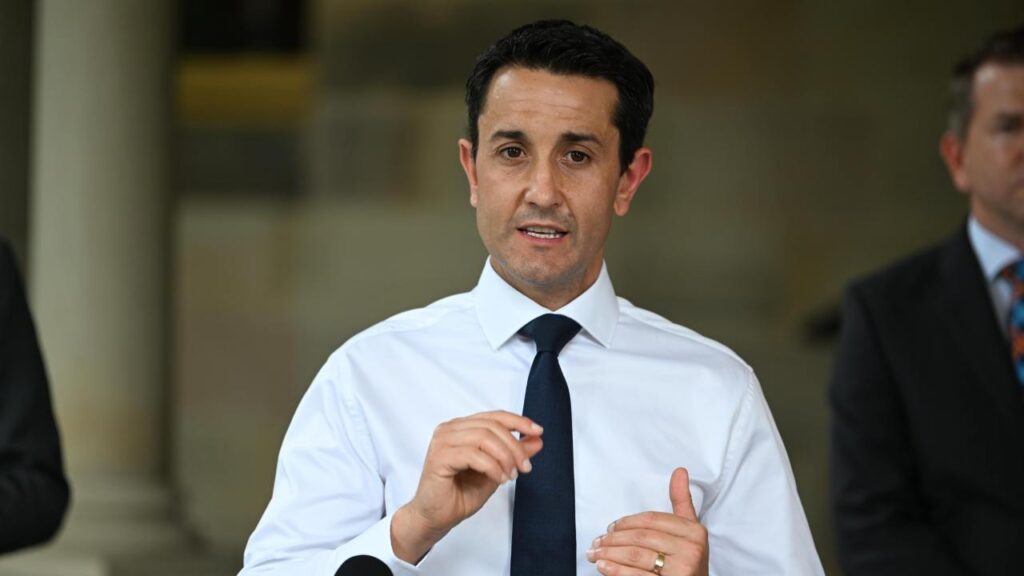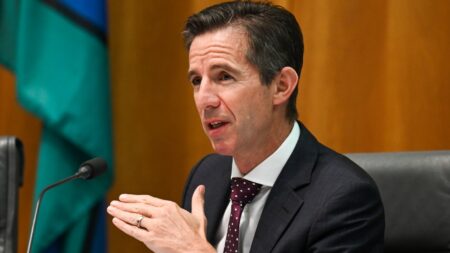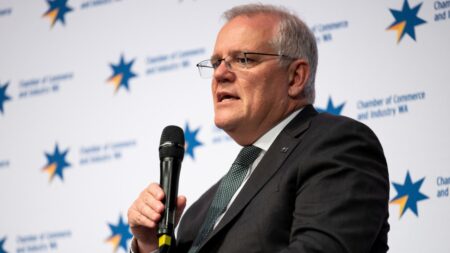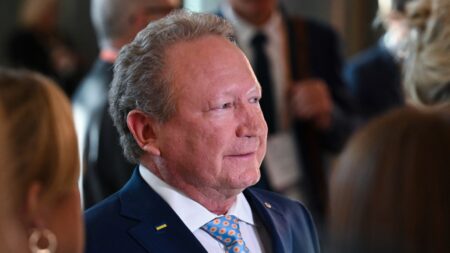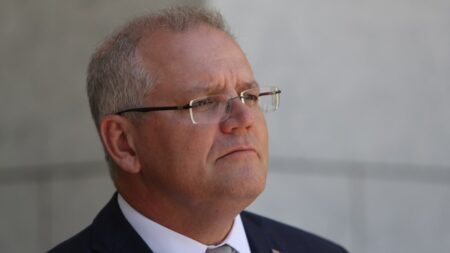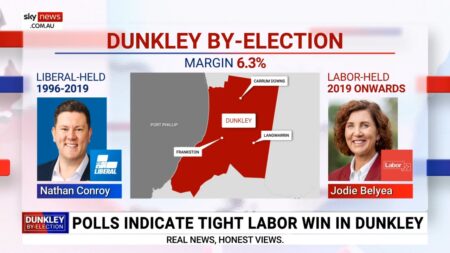The Queensland government has been accused of “hiding youth crime statistics” while locals are “living in fear, while young criminals are running rampant” on the streets.
The state government, under then premier Annastacia Palaszczuk, pledged in February 2023 to release data every six months on three key youth crime metrics.
The three performance indicators included the reoffending rate among young criminals, the number of Indigenous youths in detention and proportion of serious repeat offenders.
On Monday, the government released data showing the number of Indigenous children in detention centres, but has been accused by the LNP of concealing the other metrics.
“Today, the Palaszczuk-Miles Government has failed another critical integrity test, refusing to release promised Youth Justice data,” the opposition said in a statement.
While the latest tranche of data covered the number of Indigenous children in youth detention centres on pre-court custody, remand or sentence, the two other promised metrics were altered.
Instead of the percentage of recidivist youths aged between 10 and 16, the government released a rate of those aged 10 to 17 who “have contact” with the Youth Justice Department.
Under the Queensland government’s metrics, the data showed 65 people per 10,000 had “contact” with youth justice in the 12 months to December 31.
“They have released a different metric that does not show the reoffending rate,” the Opposition said in a statement on Monday.
“The latest Australian Productivity Commission data shows 68.6 per cent of youth offenders reoffend within 12 months, up from 56.6 per cent just one year earlier.”
The next figures explored the proportion of young people “declared a serious repeat offender” under the Youth Justice Act 1992 out of all juveniles with a “proven finalised offence”.
According to Labor, that rate was 1.6 per cent in the 12 months to the end of December last year.
However, the data only took into account those young people with a proven finalised offence from when new legislation, called the Serious Repeat Offender Declaration, came into effect on March 22, 2023.
“This does not show how many hardcore youth offenders there are in Queensland,” the LNP said in response.
“After serious repeat youth offenders had skyrocketed from 10 per cent to 17 per cent, the government invented a new measure to cover their failures, using the new court declarations rather than the consistent proportion of all offenders.
“Across the 2022/23 Financial Year there was a total of 656 Serious Repeat Offenders, or an average of 461 daily offenders.
“These numbers have risen each year and Queenslanders deserve to know what the true numbers now are.
“The government has today refused to provide updated data for either figure.”
Shadow minister for youth justice and victim support Laura Gerber told SkyNews.com.au the government had “hidden the truth” from Queenslanders.
“One month after a Queenslander lost her life in an allegedly unprovoked youth crime attack, the Miles Labor Government has been caught-out hiding youth crime statistics,” she said.
“Despite promising to be open and transparent, Labor has put themselves ahead of Queenslanders and hidden the truth.”
She accused Labor of breaking its promise to release the number of serious repeat youth offenders, and how often juveniles were reoffending, to “hide how bad the youth crime crisis has become in Queensland”.
“Youth crime is tearing our community apart, Queenslanders are living in fear, while young criminals are running rampant on our streets,” she said.
Opposition Leader David Crisafulli said the government was more focused on protecting their “electoral survival” than the community.
“Instead of being a priority to fix youth crime, this government’s priority is to hide data to protect themselves,” he said in a video shared to X on Monday.
“Things like the level of repeat offenders… figures that matter to shining alight on how deep the youth crime crisis is in this state.
“And instead of releasing figures to protect the community the government hides them to protect their electoral survival. That’s where we’ve reached in this state.”
Youth Justice Minister Di Farmer told the Courier Mail the government had decided to move into a “quarterly data release model” rather than half-yearly as first committed.
“When I became Youth Justice Minister in 2023, I committed to ensuring there was transparency around key performance indicators within the Youth Justice Department,” she said.
“The initial commitment was to do so every six months.
“We are now moving to a quarterly data release model.”
Read the full article here


